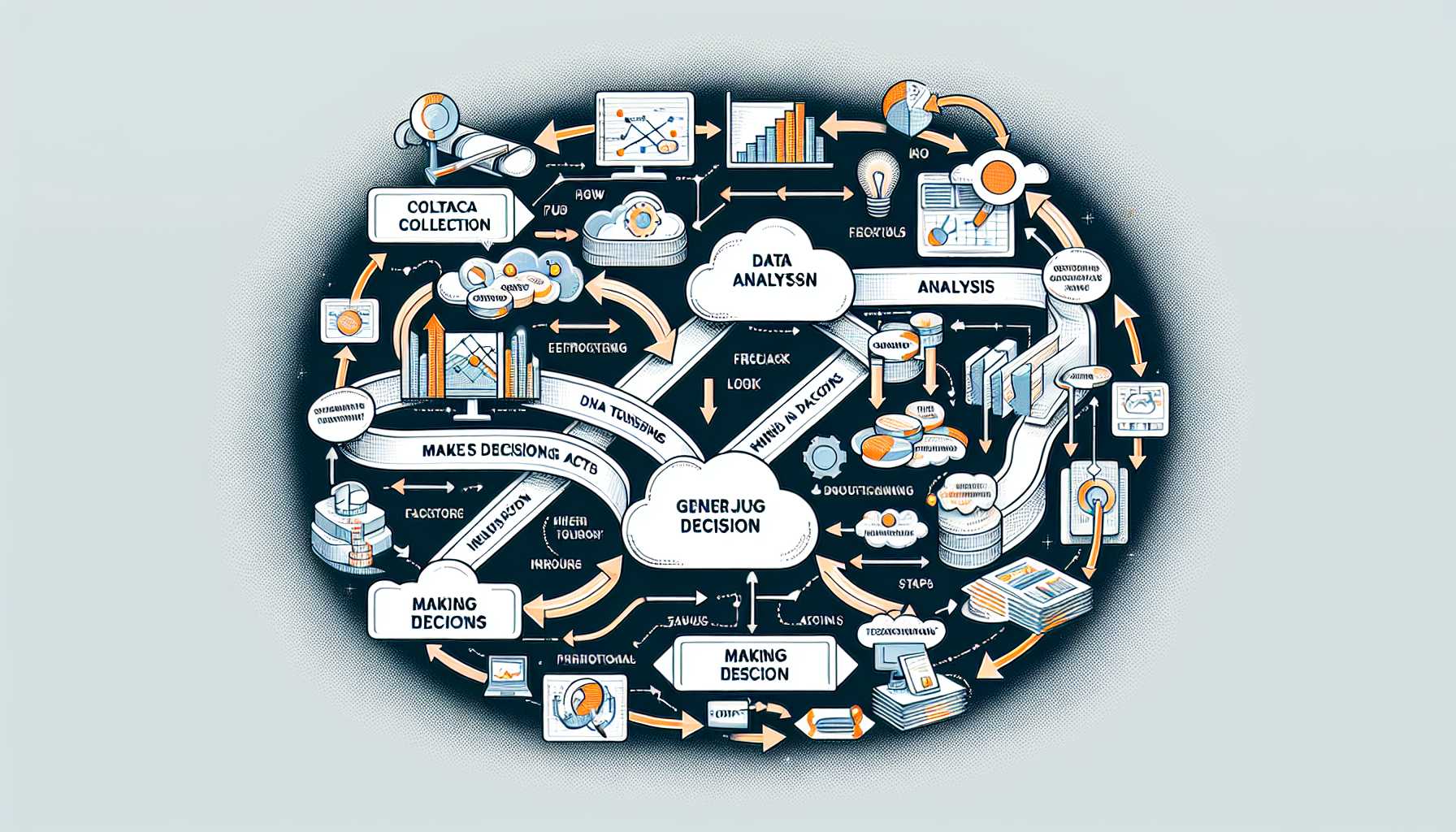Data-Driven Product Management: Turning Data into Actionable Insights
Welcome back, battle-tested product managers! Today’s digital product landscape is increasingly data-driven. Therefore, understanding and effectively utilizing product analytics is crucial for decision-making. Turning data into actionable insights is a key component of successful product management, and in this article, I share my experiences on managing analytics and employing data effectively to drive product decisions.
The Foundation of Product Analytics
Product analytics starts with clear goals and a thoughtful data collection strategy. It’s not just about amassing data—it’s about capturing the right data. Essential to this process is the implementation of a solid analytics platform that can track, aggregate, and analyze user interactions with your product.
Over the years, I’ve utilized several analytics tools ranging from Google Analytics to more specialized software like Mixpanel and Amplitude. However, it’s the process around these tools, more so than the tools themselves, that drive their effectiveness.
Establishing an Analytics Framework
To meaningfully interpret data, you need a framework. Here’s the one I’ve adopted:
- Determine critical metrics aligned with business objectives (e.g., Daily Active Users, Conversion Rates, Customer Lifetime Value)
- Identify the “North Star” metric that best reflects the core value your product delivers to customers
- Set up dashboards for real-time tracking and ensure cross-departmental accessibility
- Implement regular audit procedures to ensure data integrity
This framework has been fundamental in turning raw data into strategic insights that inform product roadmaps, feature prioritization, and even marketing strategies.
Driving Product Decisions with Analytics
My experience has taught me that effective data utilization requires a structured approach: identify, analyze, decide, and act.
1. Identify Opportunities and Problems
Continuously monitoring product performance metrics can reveal both opportunities for enhancement and problems that need attention. For example, in one of my SaaS products, a sudden drop in user engagement led us to investigate and uncover a critical usability issue that was quickly rectified.
2. Analyze User Behavior
Segmentation and cohort analysis have been invaluable in understanding how different user groups interact with the product. By personalizing experiences based on data-derived customer personas, we could significantly boost user satisfaction and retention.
3. Decide on Priorities
Equipped with insights, we faced tough decisions on where to allocate our resources. Adopting a ‘data-informed’ rather than a ‘data-driven’ approach acknowledged that data is one of several factors influencing decision-making.
4. Act and Experiment
Finally, data-driven experimentation (such as A/B testing) has been a cornerstone of my product strategy. This iterative process enables us to validate hypotheses and make informed changes that result in a continually improving product.
Overcoming Challenges in Product Analytics
Throughout my journey, challenges have arisen, such as data silos, misinterpretation of data, and analysis paralysis. Breaking down silos through cross-functional teams, promoting data literacy, and establishing a culture of action-oriented analytics have been key to overcoming these obstacles.
Future Trends in Product Analytics
Looking ahead, advancements in predictive analytics and machine learning are set to revolutionize how we use product data. Embracing these technologies will be pivotal in staying competitive and driving product growth.
Visualizing the Process of Data-Driven Decision Making
Imagine a schematic representation of the data-driven decision-making process—from collecting data to making informed product decisions. It could serve as a guide for any product manager looking to leverage analytics effectively.
In closing, my product management journey has been significantly enriched by the effective use of product analytics. It’s not an easy road, but it’s undeniably rewarding when data turns into growth and success for your product.

